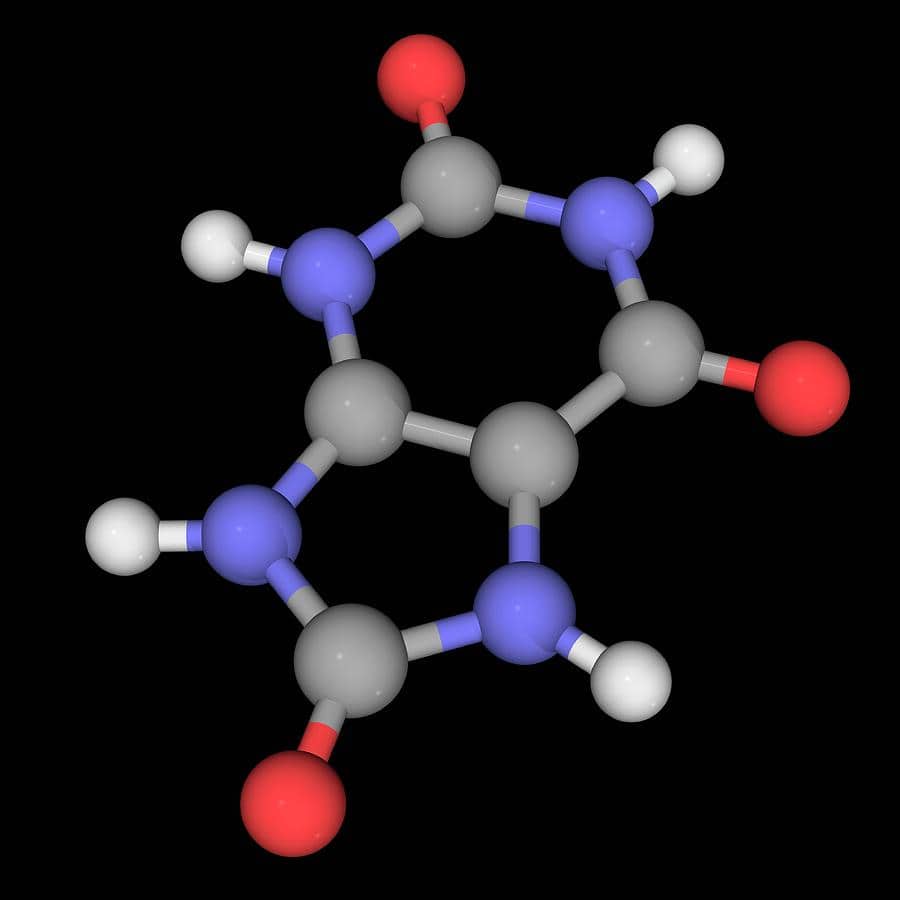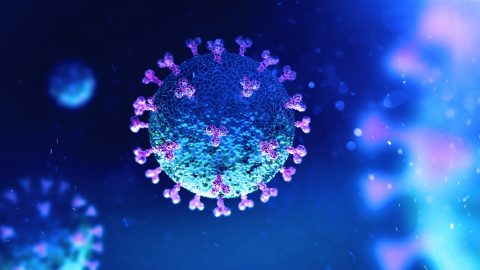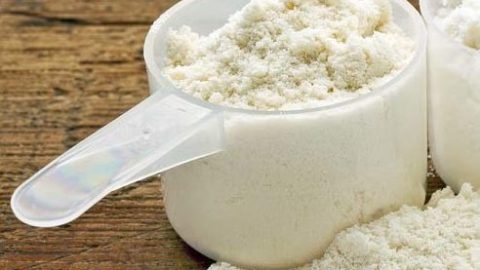What is meant by that title? Uric acid is a metabolite of purine metabolism. Most people simply know about uric acid from its association with gout or kidney stones. While elevated uric acid is associated with a long list of diseases that negatively effect the brain and body, it’s always been viewed an “innocent bystander” of sorts that didn’t play a direct role in those diseases. Emerging science suggests that view has been wrong and may be a key player in various diseases as well as making people fatter.
As usual, what often appears a simple metabolite that plays a minimal role, or limited role, is found to be much more impactful given time and better understanding. Lactic acid is one of those for example. It was essentially what caused the “burn” during intense exercise, actually not the cause and has a surprisingly complex metabolism. I strongly suspect the emerging data on uric acid will, and is, suggesting similar. As always, as emerging, it requires more study, often counter to prior older data on uric acid.
What is clear to me is, uric acid has direct impact on various enzymes and pathways, and to what end metabolically, needs more data but is strongly suggestive that keeping uric acid in check is essential beyond gout and is not just along for the ride but directly impacts our health as well as weight gain/loss.
What drive uric acid formation? Fructose is a major driver of uric acid formation apparently, but there are others, too, such as diuretics, excess alcohol, hypothyroidism, kidney dysfunction, genetics, Purine-rich diets such as liver, game meat, anchovies, sardines, gravy, as well as non animal sources such as dried beans and peas, mushrooms, and others. That’s not an exhaustive list.
And what about your brain? As we know glucose metabolism impacts the brain as well as the body, perhaps even more so, there’s a lot interest in Uric acid and brain diseases and brain health.
There’s now been a number of papers suggesting uric acid as an independent risk factor in dementia and brain pathologies. A good review below.
What may have been viewed as a simple “innocent” metabolite of purine metabolism associated with various diseases such as diabetes, heart disease, and others, as well weight gain, may play a more direct and pivotal role, but this is an emerging science that requires more data. However, I feel that the data that does exist is sufficiently suggestive to warrant recommending checking Uric acid levels.
What to do? Read that excellent papers below, consider getting uric acid levels checked (doctors only do that if they suspect gout generally…) and avoid what we know elevated uric acid levels. There’s also a variety of supplements that have been shown to lower uric acid, but no reason use them unless you know you have elevated levels.
While optimal levels for health, fat loss, etc is not known, levels below 4mg/dl is what the researchers I have spoken to currently recommend. “Normal” for men currently is 2.5–7.0 mg/dl and for women 1.5–6.0 mg/dl. As with many things, there is also too low and levels below the bottom of normal can indicate other medical issues, so typical of human physiology, there’s a “sweet spot” for optimal health. I will continue to follow up on this topic as it develops, but feel readers need to be aware of this information now:
Sugar, Uric Acid, and the Etiology of Diabetes and Obesity
Diabetes. 2013 Oct; 62(10): 3307–3315.
Abstract
The intake of added sugars, such as from table sugar (sucrose) and high-fructose corn syrup has increased dramatically in the last hundred years and correlates closely with the rise in obesity, metabolic syndrome, and diabetes. Fructose is a major component of added sugars and is distinct from other sugars in its ability to cause intracellular ATP depletion, nucleotide turnover, and the generation of uric acid.
In this article, we revisit the hypothesis that it is this unique aspect of fructose metabolism that accounts for why fructose intake increases the risk for metabolic syndrome. Recent studies show that fructose-induced uric acid generation causes mitochondrial oxidative stress that stimulates fat accumulation independent of excessive caloric intake. These studies challenge the long-standing dogma that “a calorie is just a calorie” and suggest that the metabolic effects of food may matter as much as its energy content.
The discovery that fructose-mediated generation of uric acid may have a causal role in diabetes and obesity provides new insights into pathogenesis and therapies for this important disease
Full paper:
https://www.ncbi.nlm.nih.gov/pmc/articles/PMC3781481/
Uric Acid and Cognitive Function in Older Individuals
Nutrients. 2018 Aug; 10(8): 975
Abstract
Hyperuricemia has been recognized as an independent cardiovascular risk factor in epidemiological studies. However, uric acid can also exert beneficial functions due to its antioxidant properties, which may be particularly relevant in the context of neurodegenerative diseases. In this paper, we critically revise the evidence on the relationship between serum uric acid levels and cognitive function in older individuals, focusing on the etiology of cognitive impairment (Alzheimer’s disease, Parkinson’s dementia, and vascular dementia) and on the interactive connections between uric acid, dementia, and diet.
Despite high heterogeneity in the existing studies, due to different characteristics of studied populations and methods of cognitive dysfunction assessment, we conclude that serum uric acid may modulate cognitive function in a different way according to the etiology of dementia.
Current studies indeed demonstrate that uric acid may exert neuroprotective actions in Alzheimer’s disease and Parkinson’s dementia, with hypouricemia representing a risk factor for a quicker disease progression and a possible marker of malnutrition. Conversely, high serum uric acid may negatively influence the disease course in vascular dementia. Further studies are needed to clarify the physio-pathological role of uric acid in different dementia types, and its clinical-prognostic significance.
Full paper:
https://www.ncbi.nlm.nih.gov/pmc/articles/PMC6115794/
Will Brink is the owner of the Brinkzone Blog. Will has over 30 years experience as a respected author, columnist and consultant, to the supplement, fitness, bodybuilding, and weight loss industry and has been extensively published. Will graduated from Harvard University with a concentration in the natural sciences, and is a consultant to major supplement, dairy, and pharmaceutical companies.
His often ground breaking articles can be found in publications such as Lets Live, Muscle Media 2000, MuscleMag International, The Life Extension Magazine, Muscle n Fitness, Inside Karate, Exercise For Men Only, Body International, Power, Oxygen, Penthouse, Women’s World and The Townsend Letter For Doctors.
He’s also been published in peer reviewed journals.
Will is the author of the popular e-books, both accompanied by private members forum access , Bodybuilding Revealed & Fat Loss Revealed.
You can also buy Will’s other books on Amazon, Apple iBook, and Barnes and Noble.








